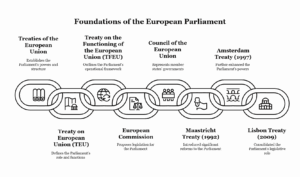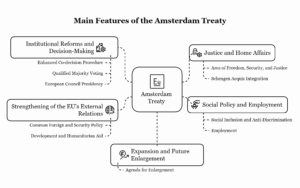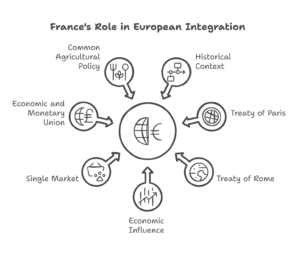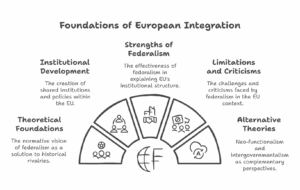-
Continue reading →: Development and freedom find new meanings in Amartya Kumar Sen’s formulation
Amartya Kumar Sen, the Nobel laureate in Economics, revolutionized the conventional understanding of development by emphasizing the intrinsic link between development and freedom. In his influential work “Development as Freedom”, Sen argued that development should not be measured merely by economic growth indicators such as GDP or industrial output. Instead,…
-
Continue reading →: Nature and pattern of protest movements in India
Protest movements in India have been an integral part of the nation’s political and social fabric. Over the years, these movements have evolved in response to changing socio-political contexts, and they reflect the diverse concerns of various sections of society. The nature and pattern of these movements have ranged from…
-
Continue reading →: The development leading to fragmentation of state party systems in India
The fragmentation of state party systems in India is a significant political phenomenon that has shaped the dynamics of electoral politics and governance in the country. This fragmentation has occurred over several decades, driven by various social, political, and economic factors. The process of fragmentation can be traced back to…
-
Continue reading →: The changing nature of federalism in India
Federalism in India has undergone significant changes since the country’s independence in 1947. Initially designed to accommodate India’s vast diversity and maintain unity, the Indian federal system has evolved over time due to various political, economic, and social developments. While the Indian Constitution originally established a federal structure, its evolution…
-
Continue reading →: The Marxian approach to study state politics
The Marxian approach to studying state politics is rooted in the philosophy of historical materialism, which suggests that the structure of society is primarily determined by its economic base. According to Karl Marx, the state is not a neutral or impartial entity but rather a tool that serves the interests…
-
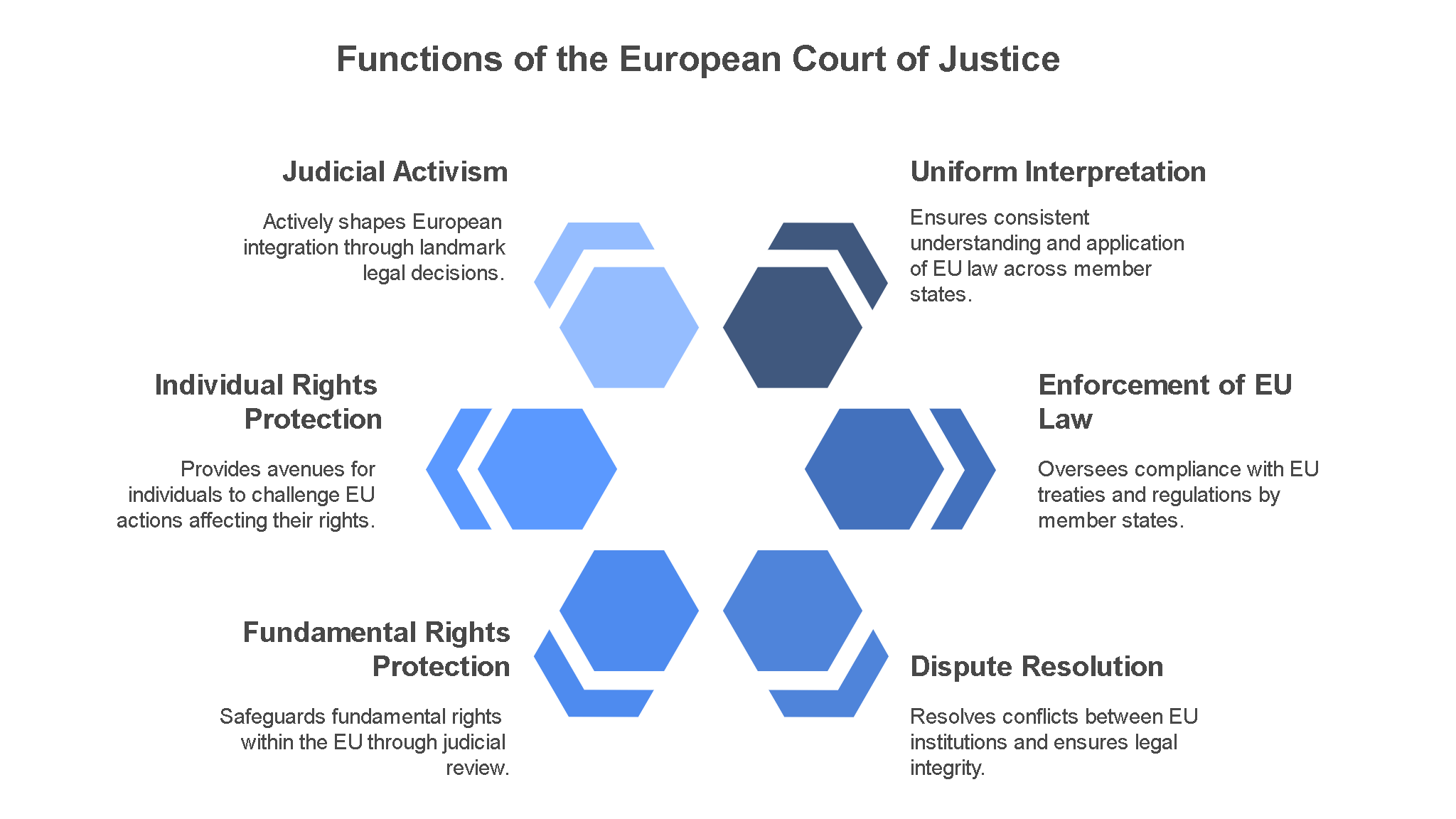 Continue reading →: Functions of the European Court of Justice
Continue reading →: Functions of the European Court of JusticeThe European Court of Justice (ECJ), established in 1952, is the highest judicial authority within the European Union (EU). It is located in Luxembourg and plays a central role in ensuring the uniform application and interpretation of EU law across all member states. The ECJ is tasked with upholding the…
-
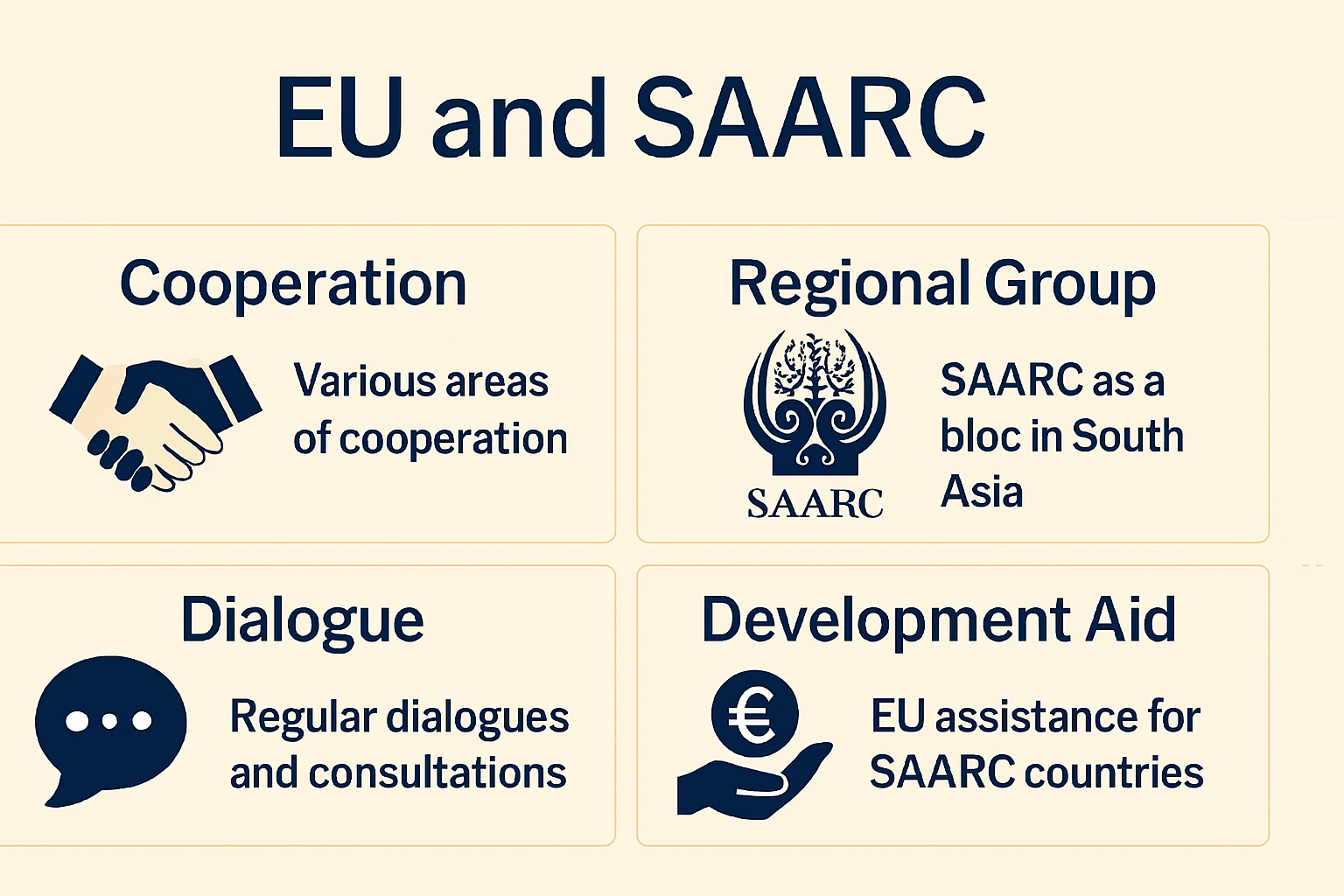 Continue reading →: European-Union and SAARC
Continue reading →: European-Union and SAARCThe European Union (EU) and the South Asian Association for Regional Cooperation (SAARC) represent two distinct regional organizations: the EU is a political and economic union primarily composed of European countries, while SAARC is a regional organization comprising countries from South Asia. Despite their different structures, these organizations engage in…
-
Continue reading →: The rise of Dalit and Backward Classes in Indian politics
The rise of Dalits and Backward Classes (BCs) in Indian politics has been a significant development in the post-independence period. Historically marginalized and subjected to social, political, and economic exclusion, these communities have gradually asserted their presence in the Indian political arena. Several factors have contributed to their increasing involvement…
-
Continue reading →: Development as Freedom
The concept of “Development as Freedom” was introduced by Amartya Sen in his influential book, Development as Freedom (1999). Sen argues that the true measure of development should not be confined to economic growth alone, but should encompass the freedom and capabilities that enable individuals to lead a life they…
-
Continue reading →: Nature of Inter-State Disputes in India
Inter-state disputes in India are an inherent part of the country’s federal structure. Given the diversity in language, culture, religion, geography, and economic development, conflicts often arise between states over various issues, including territorial boundaries, water-sharing, governance, and resources. The political landscape of India is shaped by these disputes, which…
-
Continue reading →: The impact of globalisation on State politics in India
Globalisation, broadly defined as the increased interconnectedness and interdependence of economies, societies, and cultures through trade, communication, and technology, has had far-reaching consequences on the political, economic, and social fabric of India. Since the economic liberalisation of 1991, India has embraced globalisation through the opening up of markets, deregulation, and…
-
Continue reading →: Linguistic Minorities and Politics
Linguistic minorities in India face unique challenges in terms of political representation, cultural preservation, and social integration. India’s diversity is reflected not only in its ethnic and religious composition but also in its linguistic variety. The Constitution of India recognizes 22 official languages under the Eighth Schedule, and there are…
WELCOME!
Yearly Archive
Categories List
- biodiversity
- Canada
- culture
- democracy
- economy
- European Union
- ignou
- india
- International Relations
- nature
- news
- political-philosophy
- political-science
- sustainability
- Uncategorized
- UPSC
Tag Cloud
agriculture ai business Canada china climate climate-change conservation diversity ethics european-union farming feminism finance gandhi health history ignou india KNOWLEDGE liberty mahatma-gandhi marxism nationalism nonviolence philosophy political-philosophy political-science political-theory politics poverty PSC religion renewable-energy russia socialism sociology sustainability sustainable-agriculture sustainable-living technology terrorism travel UPSC women
Term List
- africa
- agriculture
- ai
- aristotle
- bangladesh
- bjp
- business
- Canada
- china
- christianity
- climate
- climate-change
- conservation
- critical-theory
- digital-marketing
- diversity
- ecology
- elections
- ethics
- europe
- european-union
- faith
- farming
- fascism
- featured
- feminism
- feminist
- finance
- frankfurt-school
- freedom
- fundamentalism
- gandh
- gandhi
- gardening
- gender
- gender-equality
- global-warming
- government
- health
- herbs
- history
- human-rights
- ignou
- india
- inequality
- intellectual-property
- italy
- karl-marx
- KNOWLEDGE
- language
- law
- learning
- lenin
- liberty
- lifestyle
- linguistics
- mahatma-gandhi
- marx
- marxism
- mental-health
- MPS
- multicultural
- multiculturalism
- nationalism
- natural-remedies
- nonviolence
- organic-farming
- patents
- philosophy
- political-philosophy
- political-science
- political-theory
- politics
- pollution
- poverty
- PSC
- recycling
- religion
- renewable-energy
- russia
- socialism
- sociology
- soviet-union
- spirituality
- sustainability
- sustainable-agriculture
- sustainable-living
- teaching
- technology
- terrorism
- trademarks
- travel
- UPSC
- water
- water-conservation
- wellness
- wildlife
- women
- women-empowerment

